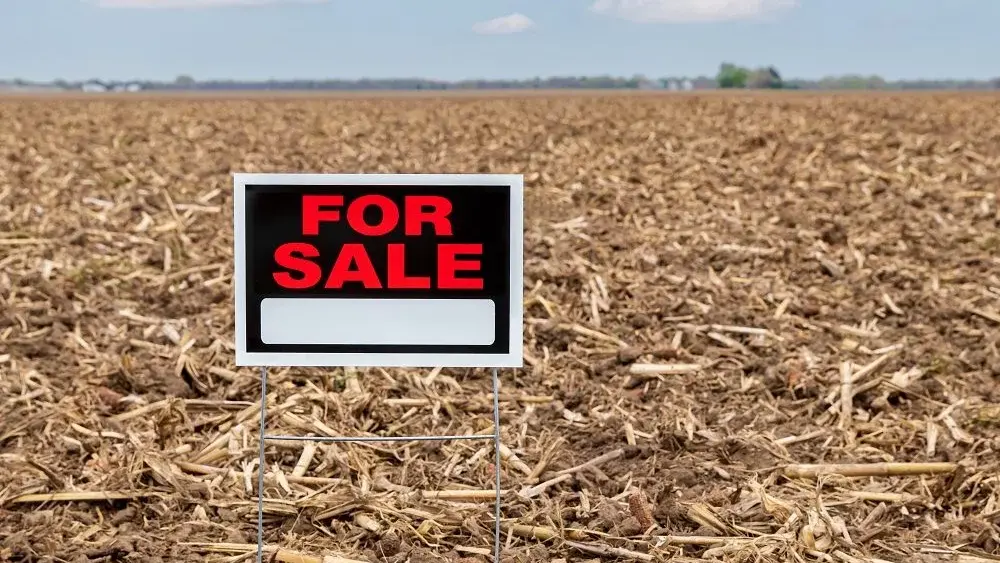Farm bankruptcy filings are rising in 2025, a sign that agriculture is facing the same high financial pressures it saw pre-pandemic, said Ryan Loy, extension economist for the University of Arkansas System Division of Agriculture.
“We’ve had 259 filings in the United States so far this year,” Loy said. “And that’s just through the first quarter of this year.
“We’ve already beat last year in terms of national filings,” he said. “Once you see this on a national level, it’s a clear sign that financial pressures that we saw before in the 2018 and ‘19 are kind of re-emerging.”
Chapter 12
Filing under Chapter 12 of the federal bankruptcy code gives farmers an opportunity to propose and carry out a plan to repay all or part of their debts. Chapter 12, introduced in 1986 at the height of the farm crisis, was designed with farms in mind and offers an alternative to a Chapter 7 filing, which a farm’s assets are liquidated to pay creditors.
In 2019, there were 599 Chapter 12 filings across the U.S., which was the highest in at least the past decade. However, by 2021, that number declined to 276.
“That drop was due in part to some of that pandemic-related assistance and stronger commodity prices at that time,” Loy said.
“But now, we’ve really reversed course,” Loy said. “I would suspect that we’re going to probably outpace or at least be right on the margin of what 2024 looked like.”
Financial pressure cooker
A large part of the pressure stems from the fact that “commodity prices are back at levels where they were in the 2018-2019 era,” said Scott Stiles, Instructor and Extension Economist with Arkansas State University.
Adding to the pressure cooker are input costs — seed, fertilizer, pest management tools and diesel — that never seem to decline much or for a long period.
“There are concerns about the trade environment that we’re in,” Stiles said. “There have certainly been a lot of weather challenges.”
Stiles said the farmers’ No. 1 response is “holding off on capital purchases right now.”
The last monthly report from the Association of Equipment Manufacturers (AEM) showed that tractor sales were down 13 percent year over year and combine sales were down 48 percent for the same period, Stiles said.
“There’s a downstream impact on other segments in ag industry,” Stiles said. “Your input suppliers, your equipment dealers, anybody who provides a service to farmers is impacted by this, too.”
“If the farmers are hurting, those communities are going to hurt too,” Loy said.
Written by: Mary Hightower, University of Arkansas System Division of Agriculture







